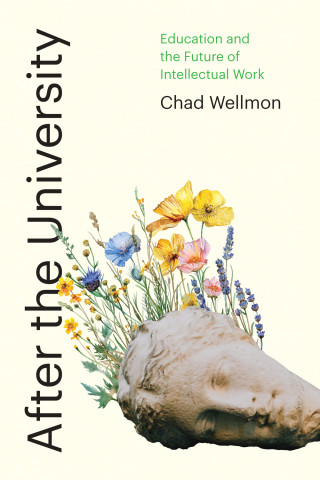
Reviews
Diner’s slim volume provides a good historical foundation for tracing the shifts in higher education and urban spaces in the United States... Diner’s synthetic yet expansive book deserves inclusion in courses grappling with the role of higher education in American life.
Diner approaches these institutions with a deep sensitivity to the challenges and opportunities they have faced over the past century and an acute eye for opportunities missed and the forces of inertia that have occasionally held them back. For those who study higher education, as well as those employed in urban institutions, Diner's study will provide useful insights into the particular circumstances in which they work. Perhaps more important, this history charts the development of a set of ideas and institutional arrangements for anyone in higher education who objects to the view of academia as a remote ivory tower.
Highly informative study of the relationship between higher education and the metropolis... Urban colleges and universities continue to defy a tidy definition, as they have for decades. For anyone seeking to better understand that complexity, Universities and Their Cities is an excellent place to start.
Diner's superb scholarship documents how and where colleges and their communities have changed. Whereas a half century ago the "urban crisis" sounded an alarm of inner-city population decline, migration out to the suburbs, and the flourishing of traditional campuses, the situation in the twenty-first century is markedly different.
A unique and focused book that traces, for the first time, the history of urban universities over nearly two centuries of American higher education. Diner brings outstanding credentials to the topic as a strong historian with practical and long leadership experience in urban institutions.
Book Details
Preface
Chapter 1. The Collegiate Ideal and 19th Century Cities
Chapter 2. Urban Reality, 1900-1945
Chapter 3. Postwar Higher Education and the Needs of Cities, 1945-1963
Chapter 4. Response to the Urban
Preface
Chapter 1. The Collegiate Ideal and 19th Century Cities
Chapter 2. Urban Reality, 1900-1945
Chapter 3. Postwar Higher Education and the Needs of Cities, 1945-1963
Chapter 4. Response to the Urban Crisis, 1964-1980
Chapter 5. Government, Universities and the Urban Crisis, 1964-1980
Chapter 6. The Legacy of the Urban Crisis and the Ever-Changing City, 1981-2016
Conclusion
Notes
Index






